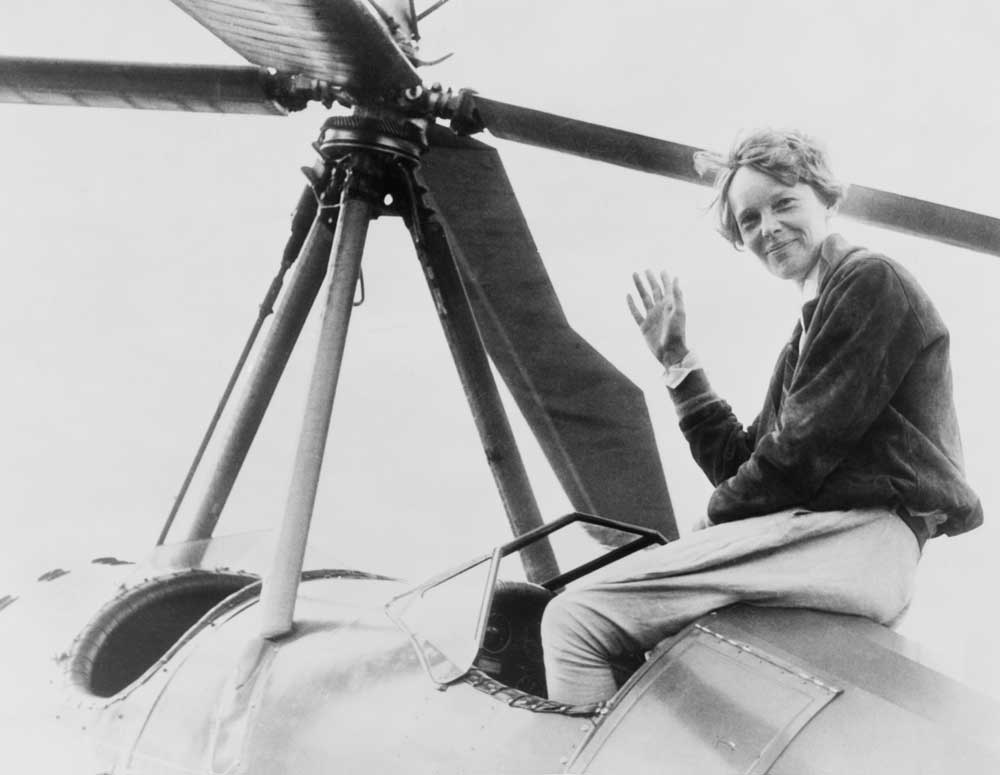In 1956, Durba Banerjee purportedly visited Central Civil Aviation Minister Humayun Kabir to apply for the position of a commercial pilot. Up until then, India had never had a female pilot, and Kabir was sceptical. He tried to coerce her into accepting the position of a flight attendant instead, but Banerjee wasn’t having any of it. Relentlessly, she pursued her goal until she finally became Indian Airlines’ first woman pilot, based out of Calcutta. Eventually, she would go on to clock nearly 9,000 hours of flying experience.
Cut to 2024, and female pilots make up roughly 15 per cent of the workforce in India. Although this is a distant dream from the ideal goal of 50 per cent, it is a figure that is still far higher than the global average of just 5 per cent. Besides, women also occupy other key roles in the Civil Aviation Sector.
In November this year, India’s President Droupadi Murmu addressed a gathering of women achievers in the aviation sector. In her speech, she pointed out that women are playing pivotal roles in various operational and technical areas - 15 percent of Air Traffic Controllers are women, 11 percent of flight dispatchers are women, and 9 percent of aerospace engineers are women. She also noted that 18 percent of pilots who received commercial licenses last year were women.
Ever since the Wright Brothers invented the airplane, women across the world have made significant contributions to the field of aviation. Amelia Earheart is known for her pioneering efforts, including flying solo over the Atlantic Ocean as early as 1928. She was the first woman to do so, just five years after Charles Lindbergh. Earheart became a huge sensation overnight. Throughout her life, she was an advocate for equal opportunities and rights for women aviators. She was one of the Founders of the Ninety-Nines, a professional organisation for female pilots. Sadly, her life was cut short when her plane mysteriously disappeared over the Pacific Ocean. She had been trying to circumnavigate the globe.

Besides Earhart though, there are other women who deserve to be mentioned. This includes Katherine Wright, the sister of Orville and Wilbur Wright, who was a close collaborator in their work. Although she never took to the skies herself, her early contributions to aviation are invaluable.
Ironically, throughout most of the Western world, women were flying much before they could vote. In 1910, Raymonde de Laroche from France earned a pilot’s licence after passing her flight test, becoming the first woman in the world to do so. That very year, Hélène Dutrieu from Belgium became the first woman to pilot a solo airplane flight. She was the second licensed female pilot in the world, and would later become the first to fly with a passenger as well. In 1911, Harriet Quimby became the first woman in the USA to gain a flying license, and would later fly across the English Channel. Very soon, women across Europe and the world were beginning to take up flying, for the freedom it afforded them. However, aviation wasn’t as evolved as it is now, and aircrafts were often flimsy – their quirks hadn’t yet been ironed out. Most of these women, including de Laroche, Dutrieu, and Quimby, would die tragically young in aviation accidents.
In India, it wasn’t until 1936 that Sarla Thukral from India took to the skies. She wasn’t the first woman in the country to be licensed (although she was certainly among the first few!) but at the age of 21, she started flying. When World War II hit though, civil aviation was temporarily suspended. This put an end to her dreams of being a commercial pilot. Since she was a single mother who had to earn an income, Thukral would eventually swap her flying goggles for a diploma in fine arts. Two whole decades would elapse before Durba Banerjee would break the glass ceiling and become India’s first commercial pilot.
Just a couple of days ago, Samaira Hullur from Karnataka received her Commercial Pilot’s License (CPL) at age 18, becoming one of the youngest women in the country to achieve this feat. She cleared six examinations and over 200 hours of flying across one-and-a-half years.
Today, the sky really is the limit – literally and figuratively – for women who want to become commercial pilots, or work in the field of civil aviation in other capacities. The Women in Aviation India Chapter, a not-for-profit organisation supported by the Ministry of Civil Aviation, represents the interests of women in multiple areas of civil aviation – from air traffic controllers, mechanics, and engineers, to academicians and flight attendants.
Captain Zoya Agarwal commanded a historic and record-breaking flight over the North Pole with an all-women crew on the world’s longest air route in 2021. Subsequently, she spoke to HerCircle in an interview saying, ‘'I never thought of myself as a girl. I always thought of myself as a professional and I always worked hard towards attaining the skill sets required to become a pilot. My airplane seat does not know if it is a girl or a boy who’s flying the plane. I’ve always treated myself as an equal. We have to give our children the power to dream and not tell them what they can or cannot become based on their gender. It has to be an equal world. Dreams do not have a gender.’